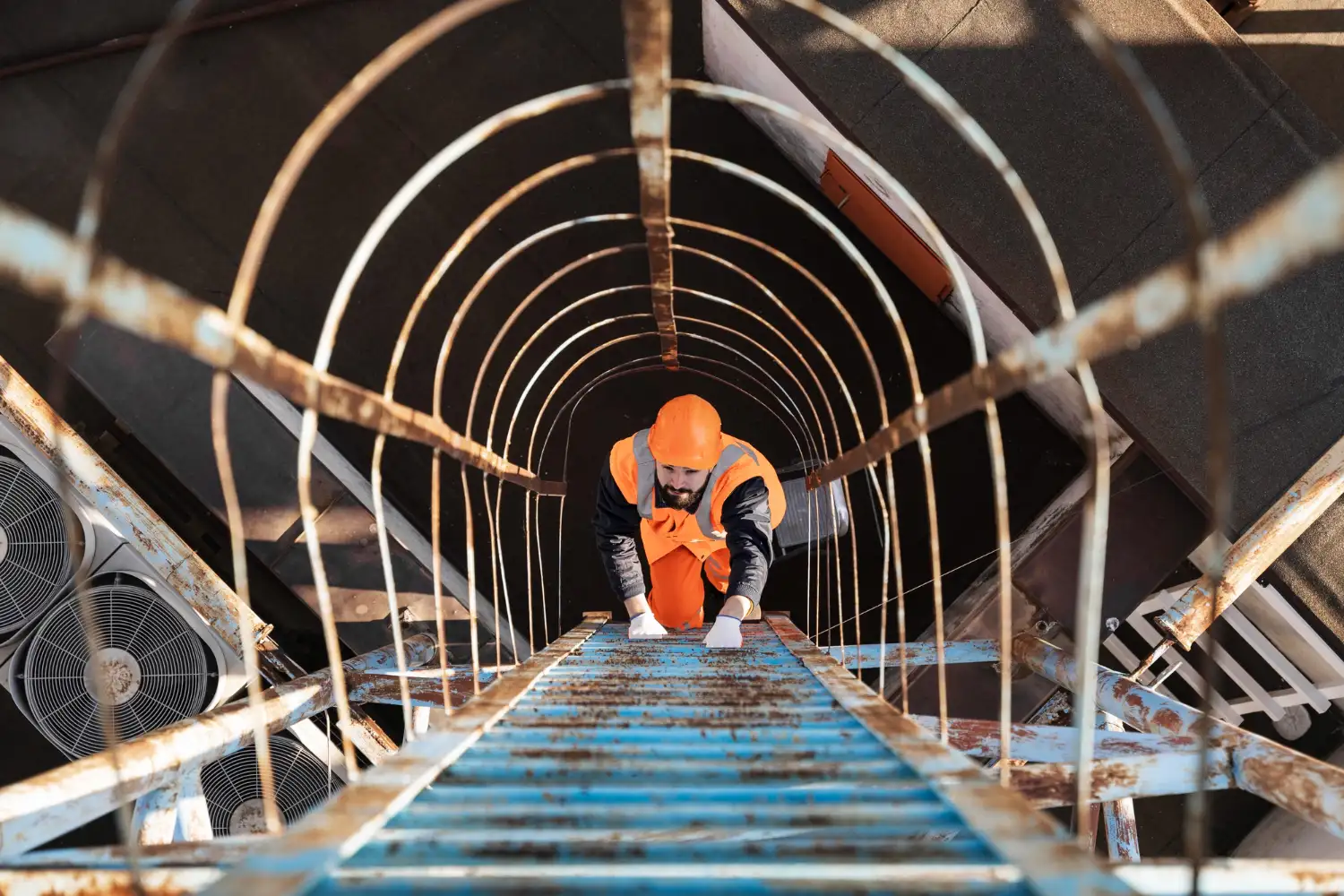The Risks of Confined Spaces: Why Training is Essential

In the vast expanse of the Australian workforce, confined spaces remain a critical area that demands our unwavering attention. These spaces might not be designed for continuous occupancy, yet workers often find themselves navigating these challenging environments. Recognising the risks is just the tip of the iceberg; having robust training is paramount.
Overview of Confined Spaces
So, what exactly are confined spaces?
- Spaces with limited entries and exits.
- Not primarily designed for humans to work in.
- Examples include silos, vats, tanks, storage bins, and vaults.
Risks Tied to Confined Spaces
Dangerous Atmospheres:
Here’s a biggie. Confined spaces often present atmospheric hazards.
- Oxygen levels that are too low or too high, which can be life-threatening.
- The presence of toxic gases that might harm workers.
- The potential for flammable atmospheres that can ignite.
Physical Hazards:
These aren’t just your run-of-the-mill risks.
- The threat of engulfment or entrapment.
- Materials or objects that could fall.
- Extreme temperature conditions that make work challenging.
Biological Risks:
Often overlooked but equally significant.
- Potential exposure to harmful pathogens.
- Unexpected encounters with insects or animals.
Why Training is Non-Negotiable
Safety Protocols:
First and foremost, there’s a methodology to working in confined spaces. Workers need to follow certain procedures, not just for compliance but for their own safety.
Recognising the Dangers:
Understanding the signs of a hazardous environment can make all the difference.
- Spotting bad air quality or harmful substances.
- Deciphering early warning signs of potential dangers.
Emergency Procedures:
It’s not always about prevention. Sometimes, it’s about response.
- Effective evacuation methods.
- Knowledge of the best rescue and recovery techniques.
Australian Regulations and Standards
Working in Australia means adhering to stringent guidelines. The Australian Work Health and Safety regulations have clear mandates about confined spaces.
- Mandated training requirements for working in such spaces.
- Clearly defined responsibilities for both employers and employees.
The AS/NZS 2865 sheds further light on how to ensure safety while working in confined spaces, offering:
- Comprehensive guidelines to ensure safe practices.
- The necessity of regular audits and checks to keep things in line.
The Heart of Confined Space Training
Risk Assessment:
One can’t stress this enough.
- How to understand and evaluate looming hazards.
Equipment Know-How:
Equipments aren’t just tools; they’re lifelines.
- The correct use of Personal Protective Equipment (PPE).
- Keeping safety tools, including gas detectors and ventilation systems, in top shape.
Staying Connected:
Communication isn’t just for updates; it’s a safety net.
- How to maintain contact with teams outside.
- Use communication tools to their full potential.
Implications of Confined Space Accidents
Business Consequences:
Accidents don’t just harm individuals; they shake businesses.
- Potential financial ramifications.
- The looming shadow of legal consequences.
Societal Impact:
Beyond the business sphere, there’s a larger world that feels the tremors.
- Emotional and mental strain on families and communities.
- The broader societal repercussions and their lasting effects.
Conclusion
In the vast landscapes of Australia, the significance of confined spaces in workplaces cannot be overlooked. Ensuring the safety of workers isn’t just about compliance; it’s about valuing human life. Effective training isn’t a luxury; it’s a necessity. So, when considering work in confined spaces, remember: awareness is good, but training is indispensable.
-
6 Career Advancements Enabled by Completing a White Card Training Course
November 06, 2023
-
7 Career Opportunities Unlocked by a Working at Heights Certification
October 24, 2023
-
7 High-Paying Jobs You Can Get with a GWO Training Certification
October 20, 2023
-
Top 7 Career Advancements After Completing a High Pressure Water Jetting Course
October 18, 2023
-
5 Essential Techniques Taught in High Pressure Water Jetting Courses
October 18, 2023
-
7 Career Opportunities after Completing Vacuum Loading Training
October 17, 2023







